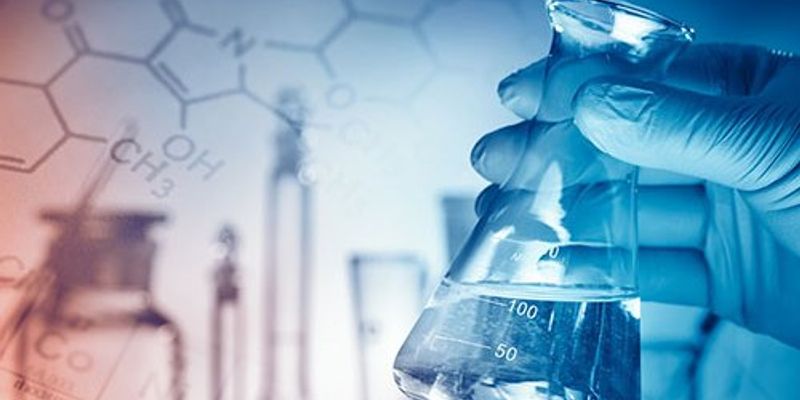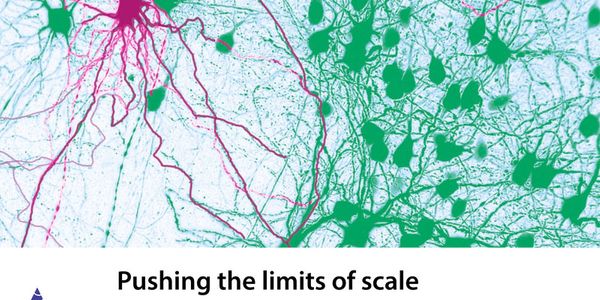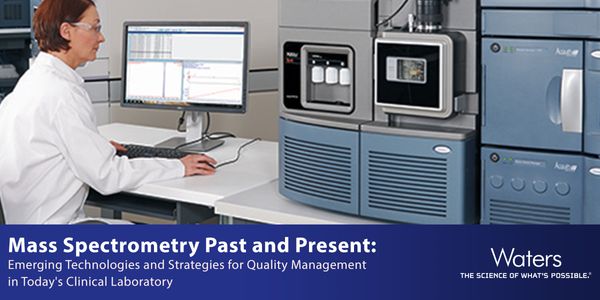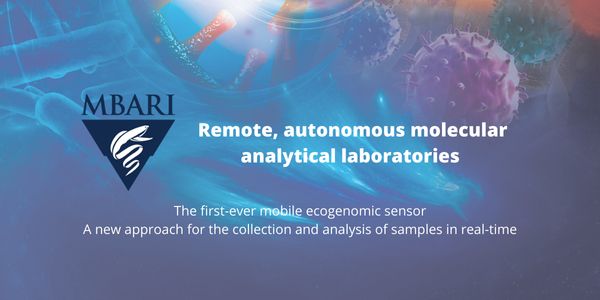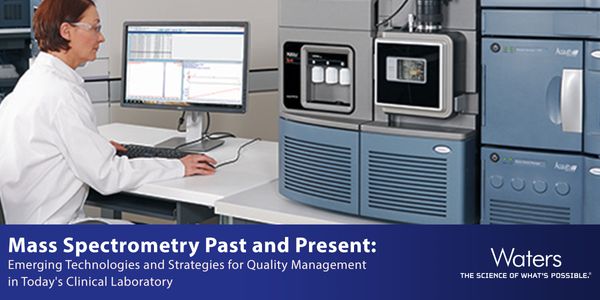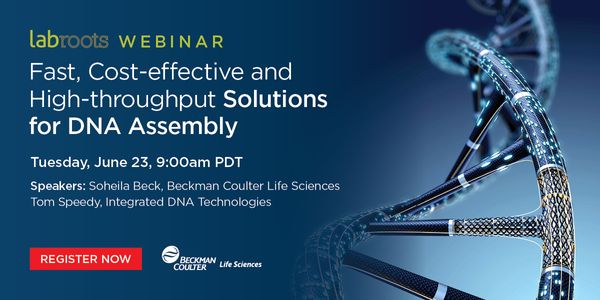JUL 22, 2020 | 10:00 AM
DATE: July 23, 2020 TIME: 10:00 am PDT The SARS-CoV-2 pandemic has taken a toll on many sectors of the medical community. As the pandemic took a grip on the laboratory, the need for diagnost...
JUL 21, 2020 | 8:00 AM
DATE: July 21, 2020 TIME: 8:00am PDT, 11:00am EDT The adult brain is composed of densely interwoven neuronal and vascular networks that are essential for proper function. Understanding the s...
JUL 16, 2020 | 8:00 AM
DATE: July 16, 2020 TIME: 8:00am PT, 11:00am ET Super-resolution microscopy and single molecule fluorescence spectroscopy often require mutually exclusive experimental strategies optimizing...
JUL 15, 2020 | 9:00 AM
DATE: 15 Julio 2020 TIME: 11:00 COT, 09:00am PDT En esta conferencia tratamos de explorar el concepto profundo, holístico y existencial de la calidad , mucho más allá de...
JUL 08, 2020 | 11:00 PM
DATE: July 9, 2020 TIME: 2pm SGT, 3pm JST, 4pm AEST Mass Spectrometry (MS) has been an invaluable tool for physicists and basic chemists for over 100 years. It was not until around 30 to 40...
Genetic diseases are known occur due to various types of mutations in the human genome. The molecular assays to diagnose these diseases have been developed based on the type of mutation comm...
NGS technology has grown leaps and bounds in reproductive genetics field. Infertility is on the rise and with the mushrooming of so many IVF clinics in our country and increasing number of I...
